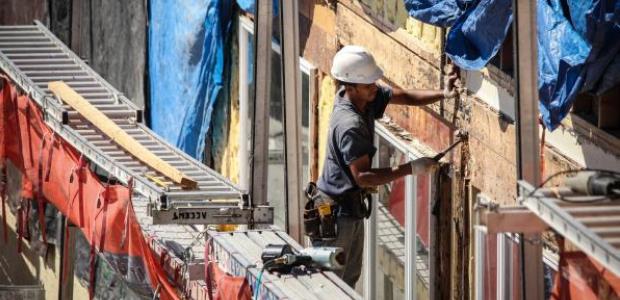
Technology Will Work During Emergencies, FEMA Reminds
Most people assume power will be out and they won't be able to reach loved ones or access crucial information, but that's not always true, Region III's administrator notes.
Losing electrical power during an emergency is almost a given, so most Americans assume they won't be able to tap into their communications technology during them. There's no shortage of emergencies, from Colorado floods to California fires in recent months. FEMA posted a release Sept. 14, marking Preparedness Month, featuring Region III Administrator MaryAnn Tierney, who is based in Philadelphia. It reminds the public that "effective planning can make it possible to take advantage of technology before, during, and after a crisis to communicate with loved ones, manage your financial affairs, and get important information."
"Information and communication are two of the most important aspects of successfully getting through an emergency," Tierney said. "They can get you in touch with loved ones, alert you to where resources are, and let you know when it's safe to be outside. By using technology as a resource, you can improve your ability to communicate and receive information."
Planning includes making certain your devices are powered, such as by getting a solar-powered or hand crank charger and a car charger for your phone to keep it powered during an emergency.
"Follow important officials and organizations on social media channels, doing so will help you receive important information if you can't access television or radio," according to the agency. "By identifying these accounts now, you won’t have to search for them in the middle of an emergency or drain your battery during the search. Key accounts include emergency management agencies, governors, local officials, and local media. Another good way to keep in touch with officials is to see if they offer text message updates; FEMA has a text message program which includes preparedness tips and other resources, get more information by texting INFO to 43362 (4FEMA) or visiting fema.gov/text-messages."
"Synchronize your contacts across all your devices and all your channels so that way you have many ways to get hold of people. By having access phone numbers, social media accounts, and email addresses, you can get in touch with your loved ones even if one system or channel is down. Often when phone calls are difficult to make, you can send text messages, social media messages, or emails to pass along important information. Make sure you program 'In Case of Emergency' (ICE) contacts into your cell phone so emergency personnel can contact those people for you if you’re unable to use your phone. Let your ICE contacts know that they’re programmed into your phone and inform them of any medical issues or other special needs you may have. If something should happen to you, that action will help you receive the care you need and let your loved ones know where you are."
"Download resource apps for your smartphone, they often have important information like phone numbers, first aid tips, and other resources. The FEMA App contains disaster safety tips, an interactive emergency kit list, emergency meeting location information, and a map with open shelters and open FEMA Disaster Recovery Centers (DRCs). There may be other apps available from your state or local emergency management agency, ask them to see what resources you can access."
The agency recommends visiting ready.gov/get-tech-ready to get more tips.